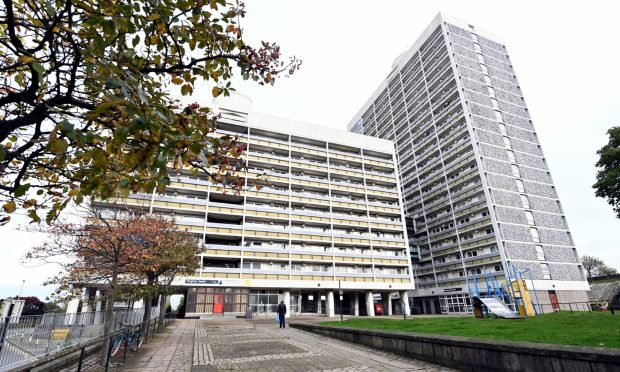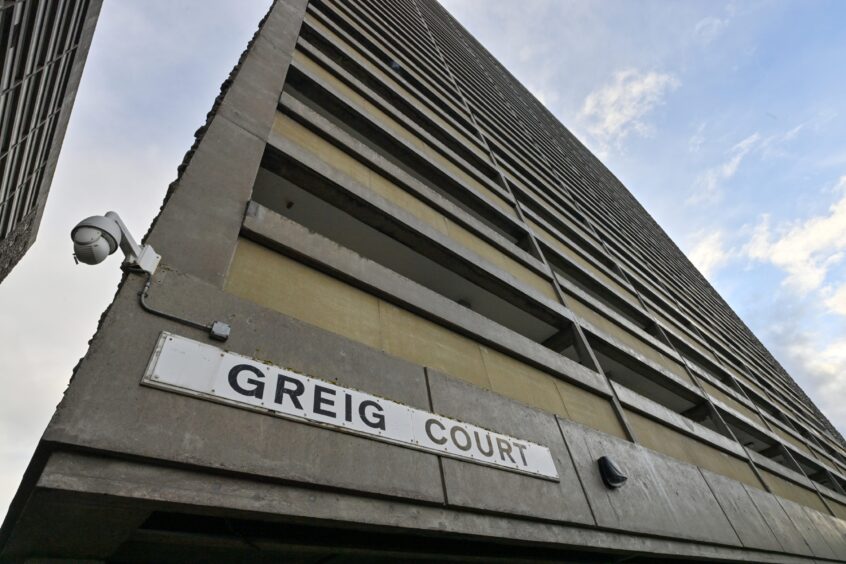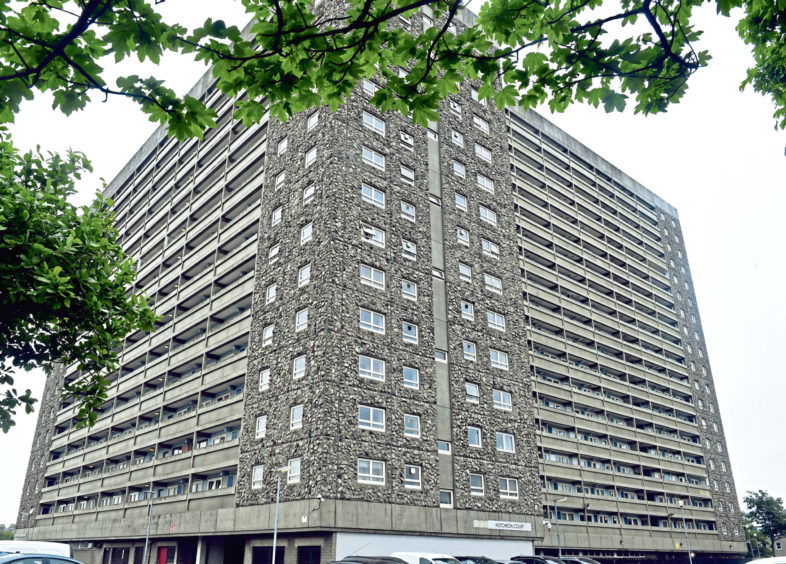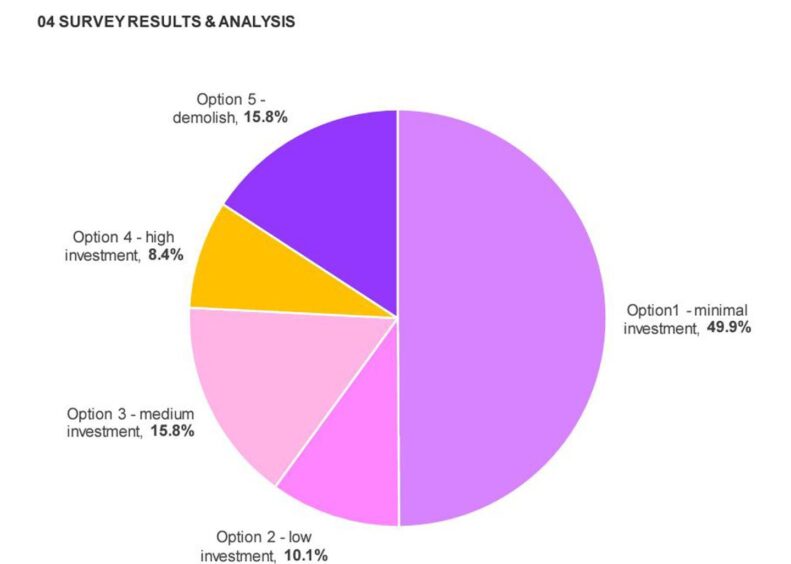Hundreds of Aberdeen high-rise residents are fighting to save their homes amid the threat of demolition.
Eight tower blocks could be reduced to rubble as the council faces staggering costs to modernise them.
Those living in the buildings agree that something needs to be done, raising fears about how energy efficient they are at times of increasing fuel poverty.
But almost half of those who responded to a recent survey pleaded with the authority to leave them standing.
This would mean a potential price tag of £480,000 per property over the next 30 years, to ensure they meet modern standards.
At a meeting today, councillors agreed to press ahead with a business case outlining the best way forward for the listed Brutalist landmarks.
What were the options put before high-rise residents?
The local authority put five options before high-rise residents last year, seeking their views on the future of the eight tower blocks at risk of being demolished.
Nearly 750 homes in Marischal Court, Virigina Court, Seamount Court, Porthill Court, Greig Court, Hutcheon Court, Thistle Court and Gilcomstoun Land took part.
The options ranged from splashing millions on a full refurbishment and heating upgrades, to a less pricey alternative which would cover only repairs and maintenance.
City chiefs warned that each one would cost “significant” amounts of money, but demolishing the buildings would be cheaper than bringing them up to standard.
So what did residents say?
And while residents agreed that the listed buildings are in desperate need of some TLC, they seemed reluctant to consider leaving their homes to allow for any costly upgrades.
They complained of mould plaguing the communal areas, leaky windows, poor heating systems and broken lifts that make it impossible for elderly tenants to get home.
However, nearly half of those who took part in the survey said they would prefer to do “the minimum” instead of having to face the “upheaval” of more intrusive works.
In fact, 33% of home owners said they would rather sell than endure any revamp disruption.
Others said they would not want to move at all – either if it’s just temporarily while the works are carried out.
And many were concerned they might be asked to chip in for the pricey upgrades.
What happens next?
The report was today put before city chiefs, with housing officers recommending they stick to residents’ feedback and invest “a minimal amount” into fixing up the high rises.
This would, however, still cost the local authority between £7 and £12 million per year to upgrade the properties and maintain over the next three decades.
Chief corporate landlord Stephen Booth said: “Feedback from residents showed that tenants favouring the minimum option did so as they did not want the upheaval of more intrusive works.
“Owners who favoured this option did so due to concerns over potential cost.
“There are concerns about the likely success of taking forward any of the more intrusive options as there could be a high level of residents who will choose not to participate.”
Councillors will now weigh in their options and see how each would affect the local authority’s coffers before making a final decision on the high rises’ future.
Read more:





Conversation